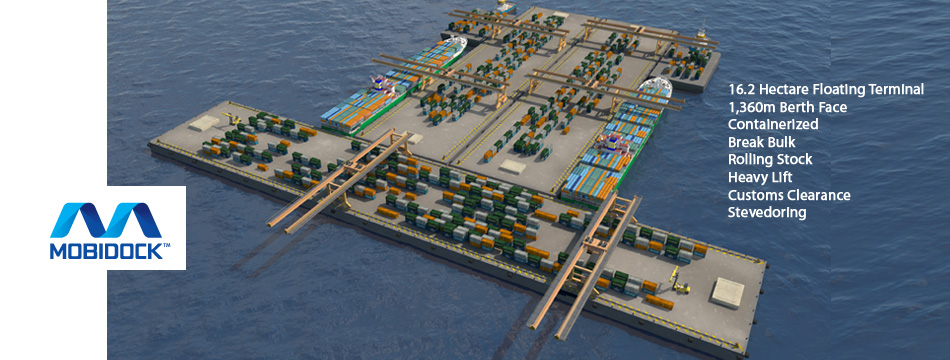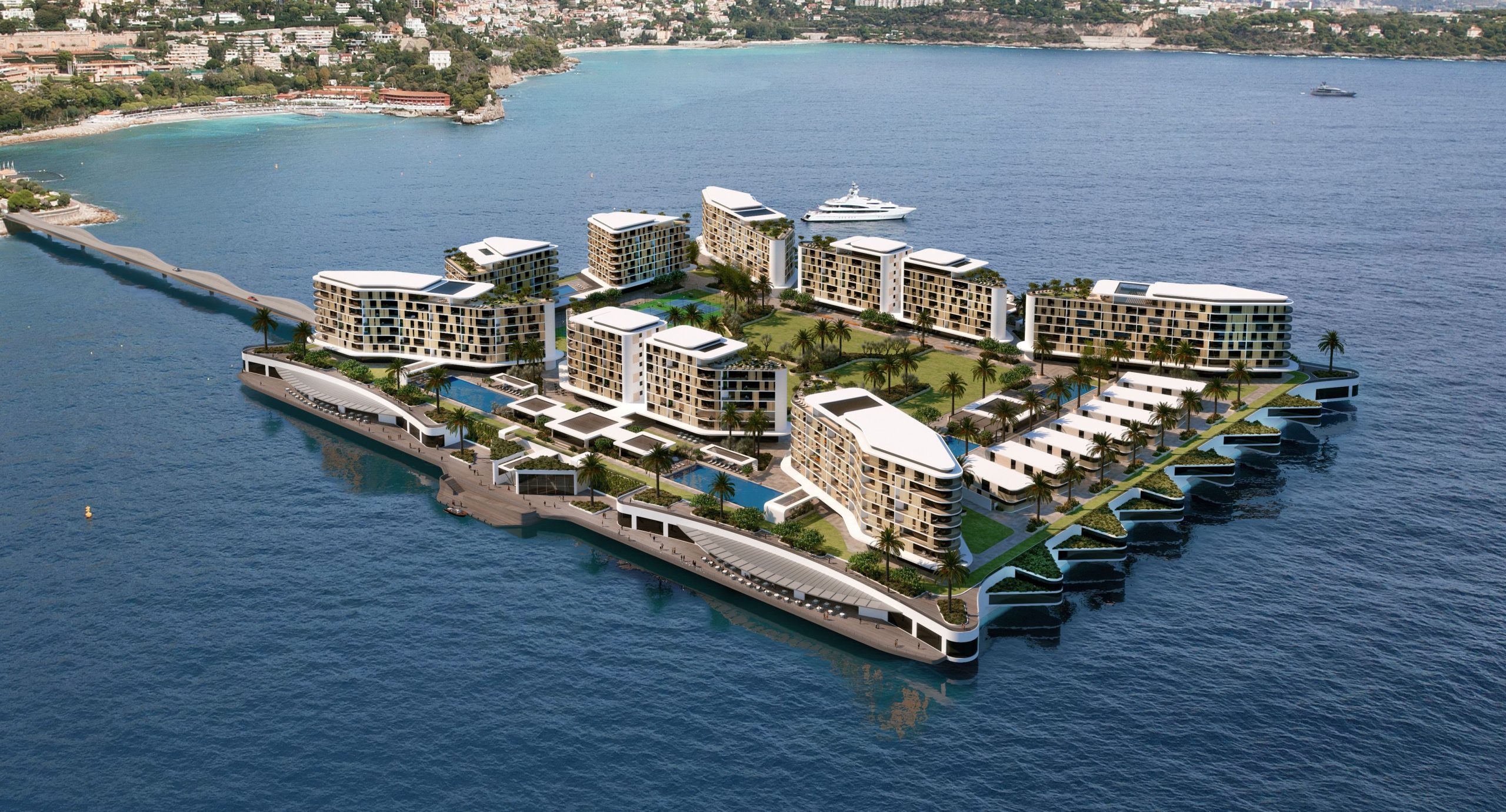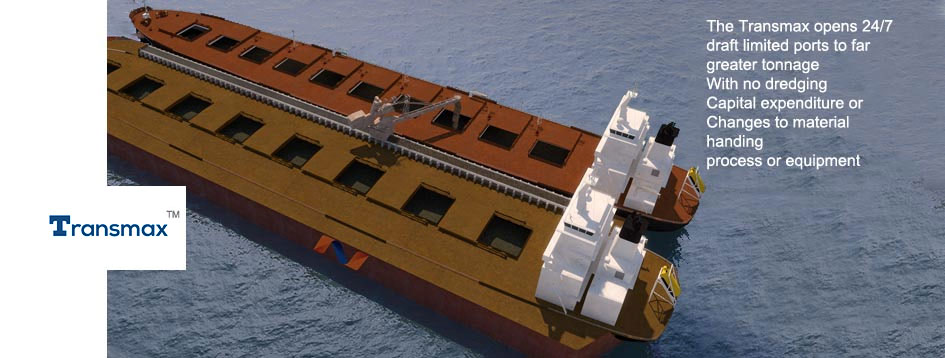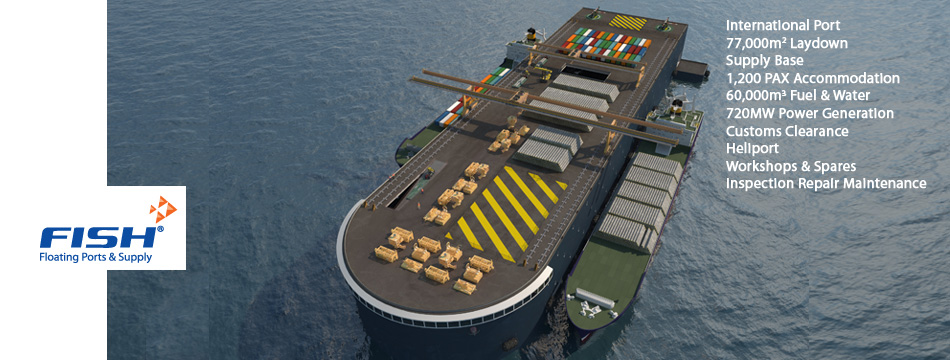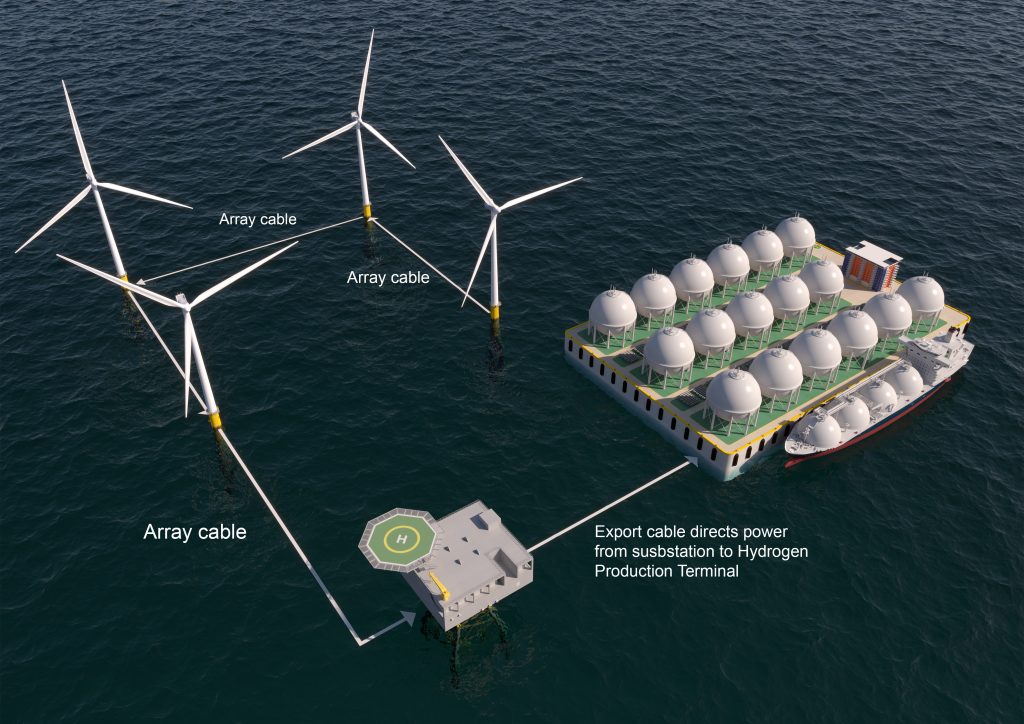
Green Hydrogen
National Ports Corporation Limited, in cooperation with ThyssenKrupp-Nucera, introduces the first industrial-scale 70,000m² floating terminal in the world for the production of 1,500 MW of green hydrogen via water electrolysis.
Main features
- Bunkering facilities
- Customs & Quarantine
- Offices & Accommodation for 150 personnel
- Fire Station
- Scalable and environmentally conscious, without practical limitations that onshore facilities have
- Environmentally clean waste processing onboard
- The design is protected by an international Patent
Floating Terminal Technical Details
- Overall length: 332m
- Overall breadth: 212m
- Height: 24m
- DWT (deadweight ): 500,000/T
- Maximum draft: 19m
- Total area above deck: 70,384m²
- Total area below deck: 1,069,200m³
- Berthing frontage: 1,088m deep-water berthing frontage docking & loading any size ship/tanker
- Green hydrogen storage capacity: 858,384m³
- Green hydrogen production capacity per annum: 3,096,000m³ (222,912 tonnes)
Advantages of offshore green hydrogen production
Green hydrogen production at sea is cheaper and more sustainable:
- Researchers from Wageningen University & Research have shown that the production costs of green hydrogen via electrolysis at sea can be reduced by making Ultra-Pure Water (UPW) on-site by means of membrane distillation.
- Green hydrogen production at sea negates the need for hydrogen transportation from land to port. It also protects local communities and reduces the human risk of large-scale safety incidents.
- The offshore green hydrogen will be loaded at the National Ports floating terminal and delivered directly to power stations and distribution points facilities worldwide by special purpose ships/tankers
- The green hydrogen floating terminal can also provide ship bunkering facilities for container ships, bulk carriers, cruise ships etc. which have their engines powered by hydrogen
- The construction costs of green hydrogen tanks on a floating terminal are lower compared with on land. Offshore production doesn’t require any land use or the destruction of local habitats.

 en_AU
en_AU pt_BR
pt_BR ru_RU
ru_RU